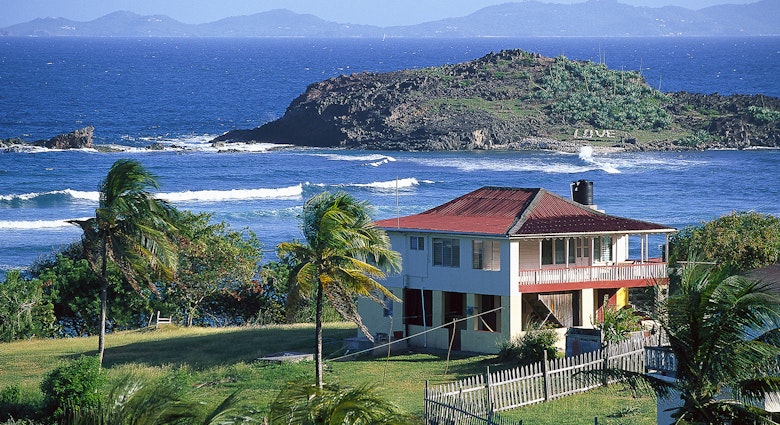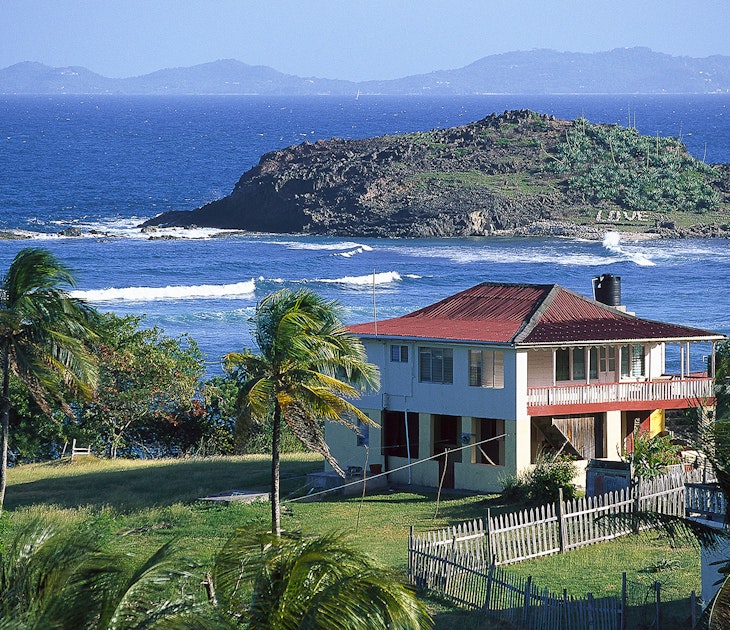

Colonial Square in Trinidad Cuba
The UNESCO World Heritage Site of Trinidad, Cuba, was built on the back of the 19th-century sugar and slave trade. At its zenith, in 1827, one of the 56 sugar mills in the region harvested the biggest cane haul in the world — just under a million kilos of white pressed crystals. This enormous, conspicuous wealth shaped the town and no expense was spared in fashioning the finest Spanish colonial mansions, plazas and churches, which still stand testament to the vainglory of this profiteering era.
North of town, higgledy-piggledy cobblestone streets peter out into the Escambray mountains, where nature beckons the adventurous traveler; to the south, the road leads straight to the sun loungers lined up on the baking white sands of the Caribbean. New private restaurants fuel the town's nightlife, which happily parties through to the early hours as Afro-Cuban moves, disco, salsa and son compete for an audience — and participants — in Trinidad’s cluster of busy evening haunts. It's an intoxicating mix — here’s how to get the most out of your trip to Trinidad.

Cultural walking tour
Plaza Mayor is the town’s pivot, around which sit the 1892 honey-hued La Parroquial Mayor church, the sherbet-shaded Palacio Brunet (home to Museo Romántico), the turquoise-blue sugar-baron Sanchez Iznaga mansion (Museo de Arquitectura) and the gallery of Palacio Ortíz. Just south is the former 1830 Cantero sugar palace (Museo Histórico Municipal), whose interiors are embellished with Baccarat crystal, frescoed walls, marble statues, handsome furniture embedded with delicate mother-of-pearl imagery, ostentatious Sèvres vases, vast flower-frilled English porcelain canteens and exquisitely embroidered lace. The iconic attractive bell tower of the old San Francisco Convent (now the Museo Nacional de la Lucha Contra Bandidos) dominates the town.
Top Trinidad homestays
The majority of Cuba’s most sumptuous homestays are found in Trinidad. The following are our favorites, for their combination of glorious, palatial architecture, decorated Spanish tiles, engraved furniture and exquisite chandeliers, plus the warmth and welcome of a Trinitario family:
The 19th-century Casa Muñoz
The 19th-century Casa Meyer
Casa El Suizo (call +53 772821).
Picnicking and cycling to Ancón beach
Cycle from Trinidad to the fishing village and popular Trinitario weekend party spot of La Boca before swinging south to the white sands of Ancón. Hire bikes from the super-friendly homestay Hostal El Oasis and pack a picnic of fresh organic passion fruit, peaches, mangoes and bananas from Oasis owner Teresa Lería’s flourishing award-winning patio garden.
Trinidad’s Afro-Cuban heritage
At the height of Trinidad’s sugar-fuelled revolution in 1827, 56 sugar mills were powered by the hands of more than 11,000 slaves. The slaves shipped from the west coast of Africa brought their religions with them, and beliefs in the orishas (saints) of the Yoruba religion persisted and evolved. Santería is a syncretic religion formed from merging Roman Catholicism and Yoruba beliefs and today, priests of Santería practice in Trinidad. Julio Muñoz of homestay Casa Muñoz offers guided visits to the sanctuary of an authentic Trinitario santero (priest) of Santería. Rumba, the percussion-driven, sexually charged courtship dance that was practiced by African brotherhoods, can be seen at the Palenque de los Congos Reales venue on Calle Echerri.
Steam train trip to the Valley of the Sugar Mills
An antique train, led by a modern locomotive, rumbles out into the Agabama valley, better known as the Unesco-protected Valley of the Sugar Mills. The train pulls up at the Hacienda Iznaga and its slave-watching tower which, today, offers views of the undulating hills. After lunch in the old plantation hacienda, explore the hidden ruins of the saccharine revolution. The interior of the Hacienda Guáimaro features the exotic faded frescoes of Italian artist Daniele Dal’Aglio, while the remains of the San Isidro de los Destiladeros mill are framed by the boughs of a huge flame tree.
Countryside walking tour and roast pig lunch
While you're out in the Agabama valley, soak up the royal palms and antique relics revealing the wealth of the region — the railway bridge and steam train stop, a colonial hostelry — before settling down to some hard work crushing sugar cane on a working press. After refreshing guarapo (sugar cane juice) plus a squirt of lemon to neutralize the super-sweet taste, dig into a full hog roast lunch at Restaurante Ingenio Abajo. Plenty of pork scratchings (chicharrones) are included!

Learning to dance salsa
The sensual, energetic eight-count rhythm of salsa is the soundtrack to much of Cuban life. The melody of African drums, Spanish guitar and pivotal percussion instruments will have you on your feet, twirling in time to the beat of the music in this partner-led dance. Sorting out your salsa steps takes a bit of work though, so sign up for lessons at Trinidad’s Casa de la Cultura (contact teacher Julio Reinoso Espinosa on +53 41 994308) before showing off your new skills at the town’s most popular salsa venue — the church steps below the Casa de la Música.
Hiking the Escambray mountains
The high, cool mountains of the Escambray shelter coffee bushes, tropical birds, palms and waterfalls. Hike the forested trails of the Topes de Collantes park with a Cuban guide (we recommend Gaviota Tours, +53 42 540117) amid bird sing-song and fluttering hummingbirds, before cooling off in the turquoise green pool of the Caburní waterfall.
Trinidad’s new dining scene
Trinidad’s chefs and entrepreneurs are enjoying Cuba’s new private enterprise laws and opening private paladares (restaurants) aplenty. Our picks of the ever-expanding bunch:
Restaurante San José (Maceo No 382, +53 71 994702) — for grilled snapper and sweet potato fries.
Vista Gourmet (Callejón de Galdós 2B, between Ernesto V Muñoz and Callejón de los Gallegos; +53 41 996700) — for grilled octopus in mango sauce, and lobster.
Café Don Pepe (Calle Piro Guinart corner of Calle Echerri, +53 41 993573) — the perfect shaded retreat for a refreshing herbal tea or café in a hidden courtyard.

Horse riding and horse whispering
Life in Trinidad town is still very much entwined with the routine of el campo (the countryside). Mount well-groomed horses to explore valley life and mango-tree-shaded trails in a tranquil trot to the El Pilón waterfall in the Valley of the Sugar Mills. Shake off the dust and sweat of the ride by plunging into the deep cool cave pool beneath the cascading water. In the afternoon, understand the practice of horse whispering with a Cuban who practices the technique.
Cubatur and Trinidad Travels are two recommended tour agencies in the Trinidad area.
This article was refreshed in July 2017.
Explore related stories










